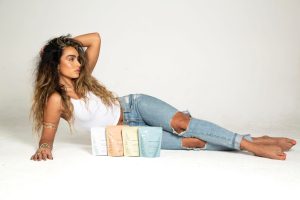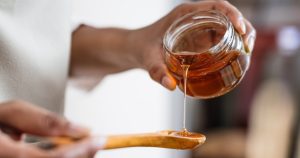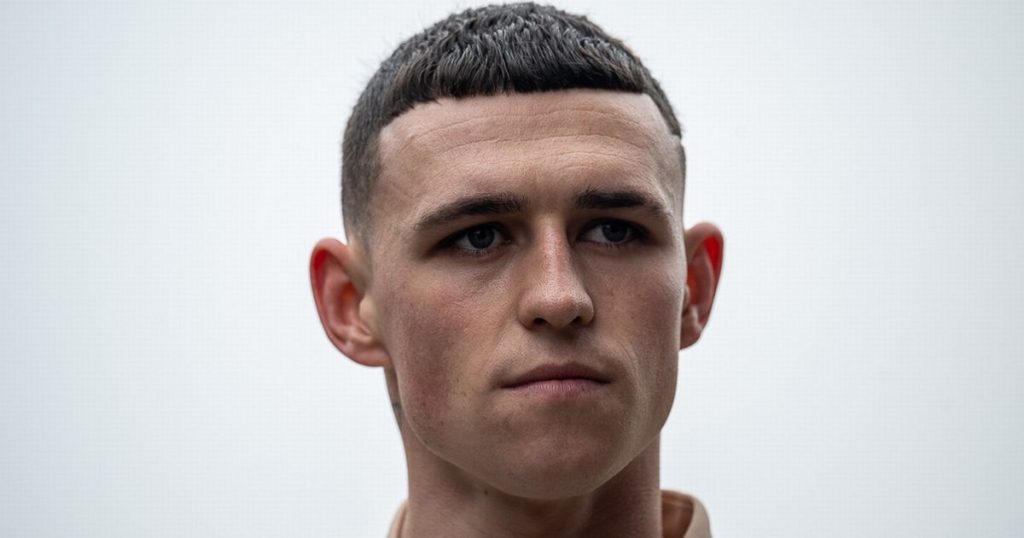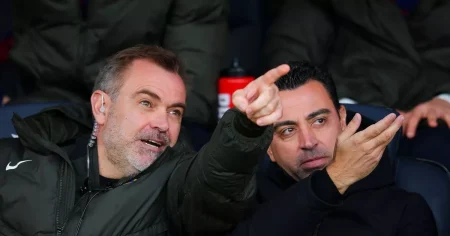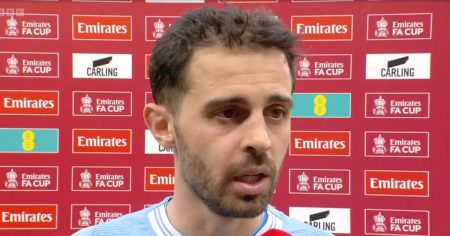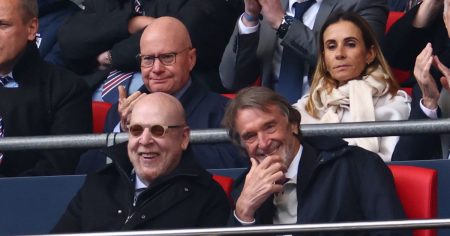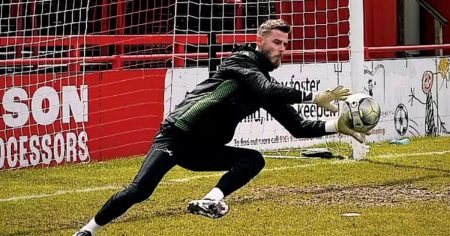Phil Foden has had an exceptional season for Manchester City, scoring 22 goals and providing 10 assists in 46 appearances while wearing the No.47 shirt as a tribute to his late grandfather Ronnie. Despite being offered the prestigious No.10 shirt after Sergio Aguero’s departure in 2021, Foden chose to stick with his original number, stating his desire to create his own legacy. The 23-year-old midfielder has won multiple titles with City and is set to represent England at Euro 2024. Foden’s connection to the No.47 goes beyond football, as it symbolizes his bond with his grandfather, who was a devoted City fan.
Foden’s decision to keep the No.47 shirt has sentimental significance, as it represents his late grandfather’s age when he passed away. The playmaker shared that his grandfather enjoyed playing football with him, and wearing that number is a way for him to honor their shared love for the sport. Foden considers the No.47 unique and hopes that it will be remembered in City’s history as synonymous with his achievements. By making this personal choice, Foden has set himself apart and established a deep connection to his family through his footballing journey.
Despite the option to switch to a more conventional number upon joining the first team, Foden prioritized his familial connection over tradition and chose to continue wearing No.47. This decision reflects his desire to forge his own path and leave a lasting legacy at Manchester City. Foden’s success on the field, including his notable goal-scoring and playmaking abilities, has solidified his place as a key player for both his club and country. His dedication to his craft and respect for his grandfather’s memory shine through in his performances.
Foden’s form this season, evidenced by his impressive goal and assist statistics, highlights his growth and impact as a player. With key players like Kevin De Bruyne sidelined due to injuries, Foden has stepped up as a crucial creative force for Manchester City, contributing significantly to their pursuit of another Premier League title. His commitment to excellence and consistency has endeared him to fans and earned him praise from teammates and coaches alike. Foden’s versatility and skill make him a valuable asset on the pitch, and his passion for the game is evident in his performances.
Looking ahead, Foden’s continued success and dedication to his craft bode well for both Manchester City and the England national team. As he prepares to represent his country at Euro 2024, Foden’s impact and influence on the field are set to grow further. His decision to honor his grandfather through the No.47 shirt serves as a reminder of the personal connections that drive athletes to excel and leave their mark on the sport. Foden’s journey from academy prospect to established star is a testament to his talent, hard work, and the values instilled in him by his family. His story resonates beyond football, illustrating the power of honoring one’s roots while chasing greatness.



